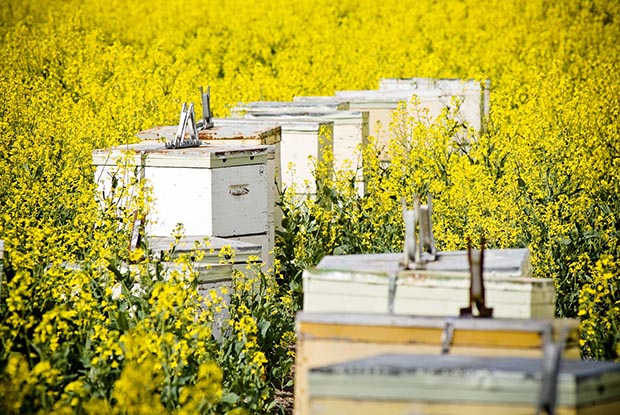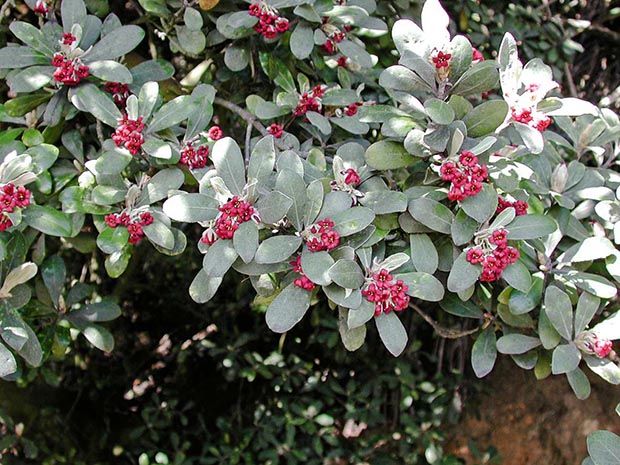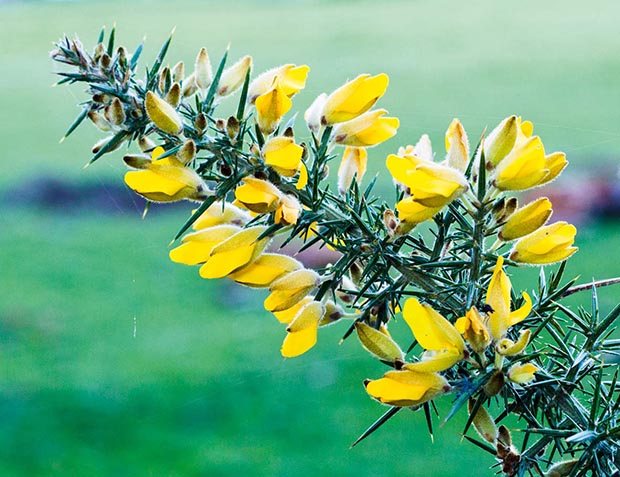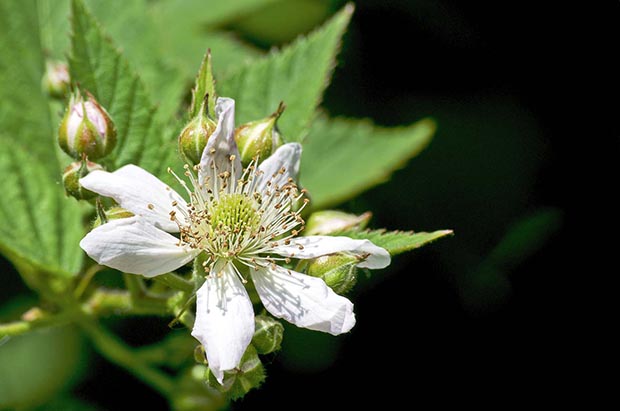Bee talk: Trees with the highest pollen count and trees you should avoid

Words: Jenny Somervell
An easy guide to understanding the pollen value of plants.
Bee trees vary in the quality of their nectar and pollen, so Federated Farmers is working with the Sustainable Farming Fund to understand the pollen value of plants.

Pittosporum crassifolium Photo: Pseudopanax, Wikimedia Commons.
Ideally pollen is high in fats and protein. Pinus radiata, which is widely planted, produces copious quantities of pollen in spring but it is dry and light with only 9% protein, making it of little attraction to bees. Better for bees are Sydney blue gums (28% protein), pussy willow (Salix caprea, 22%), and canola (23%).
TREES FORAGED MORE FOR NECTAR THAN POLLEN
Tree lucerne/tagasaste, five finger, cabbage tree, kanuka, manuka, southern rata (Metrosideros umbellata), red gum (Eucalyptus ficifolia).
TREES FORAGED MORE FOR POLLEN
These are less numerous, but examples are pussy willow, peach and nectarine.
TREES FOR BOTH POLLEN AND NECTAR
Karo (Pittosporum crassifolium), lemonwood (Pittosporum eugenioides), New Zealand flax (Phormium tenax) and Hebe sp.
TREES FORAGED FOR POLLEN ONLY
The early flowering Cootamundra wattle (Acacia baileyana), and gorse (Ulex europaeus). While gorse is a widespread weed, it is still an important source of high protein, out-of-season pollen in many areas.

Gorse (Ulex europaeus).
7 TREES YOU DON’T WANT TO PLANT
Some trees provide good bee food but are not recommended because of their pest potential.
• Sycamore maple (Acer pseudoplatanus)
• Hawthorn (Craetaegus monogyna)
• Crack willow (Salix fragilis)
• Grey willow (S. cinerea)
• Gorse (Ulex europaeus)
• Buddleia
• Blackberry

Blackberry.
Love this story? Subscribe now!
 This article first appeared in NZ Lifestyle Block Magazine.
This article first appeared in NZ Lifestyle Block Magazine.
